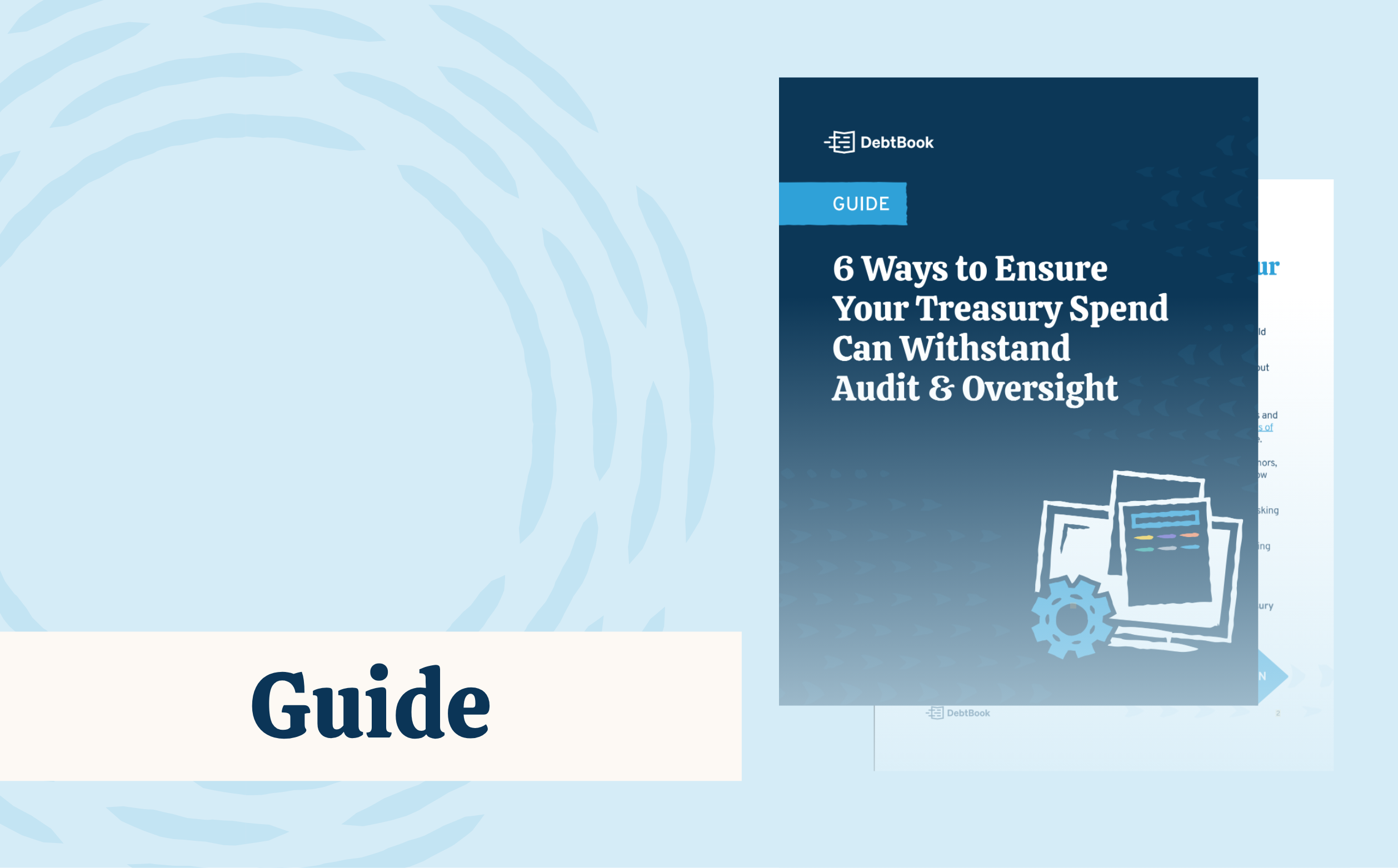Financial department tasks are critical to an organization’s success, but there aren’t any shortcuts when it comes to producing accurate figures and reliable data. This translates to hours upon hours spent on necessary but mundane tasks.
Modern solutions, such as treasury and accounting software, are essential components in helping teams reduce time spent on outdated spreadsheets and antiquated systems. Keep reading to discover how technology can transform some of the most critical financial department tasks, enabling teams to work more efficiently and reduce the risk of human error.
How Technology Can Impact Financial Department Tasks
There’s a lot of value in using technology to help with financial department tasks. Here are the top tasks that technology can positively impact:
Task No. 1: Financial Reporting
Financial reporting is one of the most intense financial department tasks. From consolidating data to writing reports to publishing material, timely delivery is often bogged down by fragmented workflows, siloed information, inaccurate spreadsheets, and outdated processes. Add in the fact that financial reporting must be completed both quarterly and annually, and it becomes clear why this task requires extensive time and energy.
How Technology Can Help
Audit reports, payment records, continuing disclosure, and debt and lease schedules may involve manual processes that can take days or even weeks to complete. The right solution scales your reporting efforts and equips your team with easy and quick access to high-quality, accurate financial reporting.
Task No. 2: Auditing
Finance teams dread audits because of the time and preparation they require. Often, the uneasiness associated with audit season is a direct result of a lack of standardized processes, organization, accessibility, and compliance. Audits go smoother when all your lease contracts and key lease details are prepared in an easily readable format and when journal entries and financial statement note disclosures are readily available to review.
How Technology Can Help
Treasury and accounting software can help you stay organized by providing a centralized repository for all your debt and lease schedules and contracts, enabling access to up-to-date payment projections and surfacing the underlying documentation requested by auditors. A platform like DebtBook also allows you to invite unlimited users to your workspace and puts you in control of access levels you grant external guests, such as auditors, CPAs, or advisors.
Task No. 3: Collaborating Internally and Externally
Internal, cross-functional collaboration and, at times, external efforts are critical to several accounting practices, including debt and lease management. Unfortunately, scheduling time for all parties to meet and review updates is not always feasible, and meetings are often not long enough to dive into all the details.
When information is scattered across spreadsheets and processes vary based on each contributor’s preferences, working together can become a pain. A single source of truth simplifies collaboration and makes it easier for all parties to get on the same page.
How Technology Can Help
A modern software solution enables your team to collaborate across a single platform without the need for multiple spreadsheets to manage your obligations. With a central repository for all data analysis, source documentation, and reporting, teams can efficiently and thoroughly manage their debt and lease obligations, making precise reporting easily achievable.
Task No. 4: Inputting and Securing Data
Accurate and secure data is at the core of your team’s success. Inputting data is a monotonous financial department task that requires extra care and attention to ensure each figure is entered correctly. Moreover, this valuable, proprietary data shouldn’t be accessed by unauthorized users. Manually inputting the data into spreadsheets is risky because there are no restrictions or safeguards to track and prevent the spread of inaccurate information or unshareable data.
How Technology Can Help
Treasury and accounting solutions such as DebtBook protect critical financial data from cyber or malware attacks. The software provides password-protected system access that safeguards sensitive data. Additionally, cloud-based databases allow data access by multiple users at a time and offer different levels of secure access depending on user roles and needs. A cloud-based system will also give you 24/7 access to critical debt and lease information in the event of an attack.
Task No. 5: Tracking Payments and Schedules
Effective debt and lease management requires an ongoing awareness of upcoming payments and knowledge of who paid the debts and when. Tracking such detailed records is critical for building accurate financial reports. However, relying on spreadsheets for producing, manipulating, and storing important financial data can lead to inaccurate information from invalid and broken formulas buried in your data.
How Technology Can Help
A modern software solution provides your finance team with detailed, accurate debt and lease schedules and automatically notifies you of important dates, deadlines, milestones, and tasks so you never miss a payment.
Simplify Your Financial Department Tasks
Treasury and accounting software provides organizations with the tools necessary to automate tasks, promote efficiency, and boost productivity, enabling them to overcome many of the challenges of traditional accounting practices. Discover what a debt, cash, lease, and subscription management platform like DebtBook can do for you by scheduling a demo today.
Disclaimer: DebtBook does not provide professional services or advice. DebtBook has prepared these materials for general informational and educational purposes, meaning we have not tailored the information to your specific circumstances. Please consult your professional advisors before taking action based on any information in these materials. Any use of this information is solely at your own risk.







